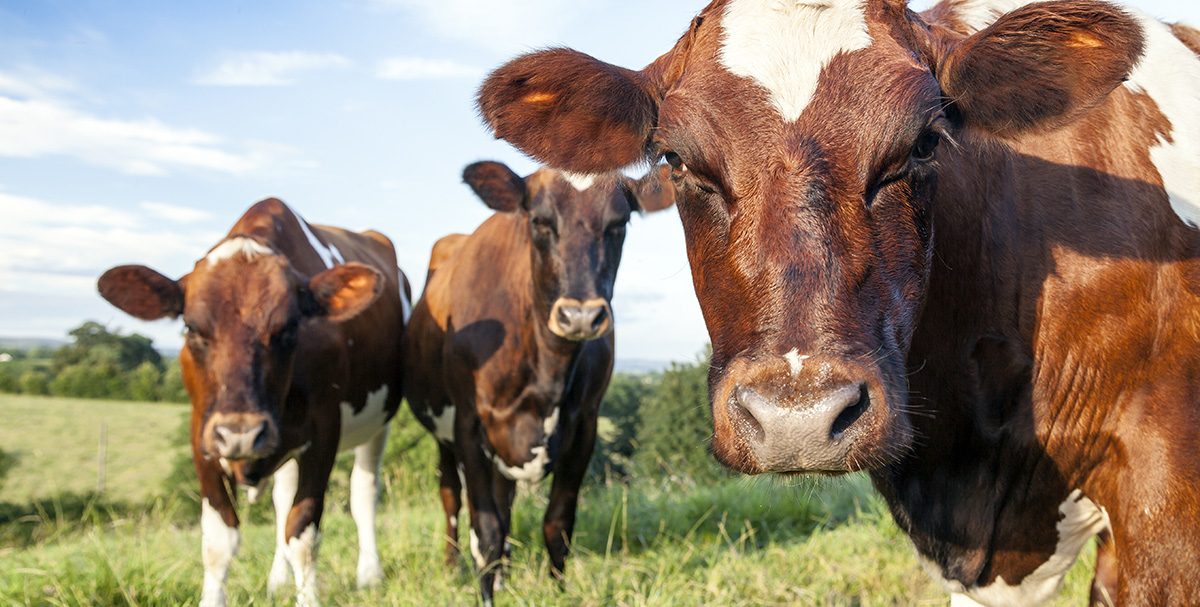Brian & Caroline Hutchings
Liver biopsy tests show suspension fertiliser benefits
It was liver biopsy tests taken in the autumn of 2012 that convinced Brian Hutchings that his hunch around fine particle fertiliser had paid off. Milking a herd of 260 Ayrshires on a copper-deficient 200ha dairy farm near Dargaville, Brian had always routinely supplemented copper along with magnesium and cobalt. This all began to change when a neighbour trialled fine particle fertiliser and seemed to be getting good results. Brian decided to move away from his conventional superphosphate and lime fertiliser regime and called Corey Martin onto the farm.
“It was more luck than good judgement,” Brian admits. “But it felt like the right thing to do.” At the time the herd was winter milking and the grasses seemed to be getting ‘lazy’ and slow to pick up. They also had problems with soil compaction, low clover populations, dwindling earthworm numbers and some animal health problems.

After three years applying fine particle fertiliser products, the picture on the farm has changed – particularly from an animal health perspective. After liver biopsy tests came back in 2012, the vet told Brian to stop supplementing completely.
“All our key mineral levels were at optimum or better,” said Brian. “We repeated the same tests just before calving to be sure and everything was still bang on.”
Corey Martin then took soil samples and herbage tests and these confirmed that all the significant mineral levels were high in both the soil and grass. This was enough to convince Brian to stop buying supplements for his herd.
“For the past three years we haven’t even given the cows magnesium to get them through calving and we have very few cases of milk fever – maybe two or three a year in the older more prone cows.”
Prior to the use of suspension fertiliser, the farm would see around a dozen downer cows each year according to Brian.
From a budgetary perspective, the new approach to fertiliser has lowered production costs. There is no supplement bill to pay, veterinary costs have reduced and the fertiliser programme itself is no more costly than a conventional synthetic regime. “We are definitely on the winning side,” said Brian. “Now we feed the soil and that does the trick.”

